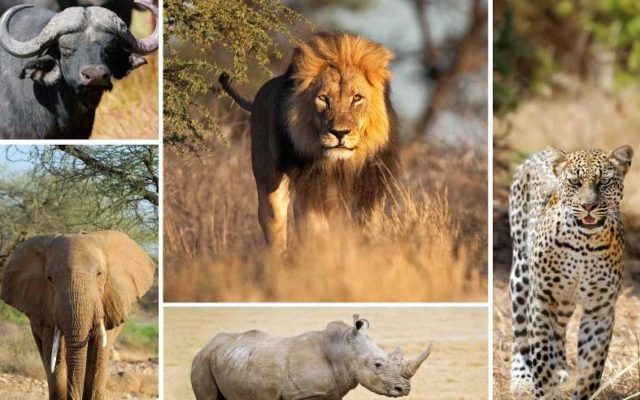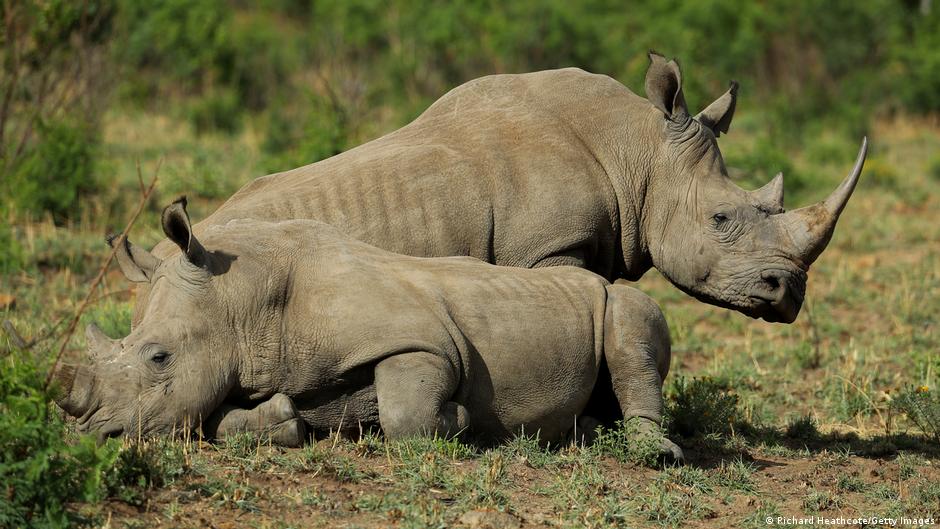Visit Rwanda’s wildlife – The Big 5 : The African big five – lions, elephants, rhinos, hippos and buffaloes – are some of the most iconic and widespread mammals on the continent. They are all threatened with extinction, but for very different reasons. The following essay will detail what threat the big five are facing, why they are at risk, and what is being done to protect these animals.

The Big Five Animals are the five African wild animals with the greatest population numbers and those most associated with Africa’s wilderness and wildlife safaris. Lions, rhinos, hippos, elephants and Cape buffalo are all protected in national parks or other conservation areas across much of Africa. However, they are also hunted illegally for body parts such as tusks or horns, which are used to make jewelry and other decorative items. These animals are being killed for their body parts at an alarming rate. It is estimated that more than 100,000 elephants have been killed in the last decade alone for their ivory tusks.
Rhinos in Rwanda are being poached for the same reason, as they are also being killed for their horns. The loss of these species will have a devastating impact on the remaining wildlife in Africa and around the world. Hundreds of millions of tourists come to Africa every year to experience the beauty of its wildlife and to go wild on safari. If this beautiful environment is ruined, tourism will suffer and this could have a negative impact on the economies of many countries in Africa. We must do something now to prevent these beautiful animals from disappearing forever. We are urging world leaders to take urgent action to stop the killing of wild animals and to save our natural environment before it’s too late.

Here are a few facts about the Big five that you may want to know before going to see them on your Rwanda wildlife safari.
Elephants are the largest land animals in the world and can weigh over 6 tons. They are herbivores and feed mainly on grass. They have massive tusks which grow from their upper jaw and are used as a defense against predators. They live in groups and travel long distances in search of food and water. Females only give birth to one calf at a time which can be up to 200kg. An elephant’s skin is covered with thick grey-brown hair which is paler underneath, Visit Rwanda’s wildlife – The Big 5
Weighing between 3-7 tonnes with lengths of up to 2 meters, the Common Hippopotamus is the largest of the four species of hippo. As the name suggests, they are found mainly in the waters of the Congo River basin where they feed on aquatic plants and fish. They have a large mouth that is used to feed and a muscular tail that helps to steer them through the water. In Rwanda, hippos can be cited around Lake Kivu and the Akagera National Park.
The Cape buffalo, also known as the African buffalo, is a large bovine mammal native to sub-Saharan Africa with brown to black fur on its back and a lighter color on the belly. They are regarded as one of the most dangerous animals in Africa due to their ability to charge at great speed and their powerful jaws. Males are larger than females and can weigh as much as 700kg while females can weigh as much as 300kg. Cape buffalo have enormous horns which are symbolic of the males’ dominance over their female counterparts and are used during fights to establish dominance within the herd.
The African lion is one of the largest cats in the world, measuring up to 3 metres in length and weighing up to 500 kg. Found in grassland and savanna regions of Africa, they have large rounded ears, padded paws and large curved claws that help them to hunt their prey. Their distinctive manes are often used as a means of communication with other lions.
The black rhinoceros is a large herbivorous rhinoceros found in grasslands and savannah regions throughout Sub-Saharan Africa. Females are larger than males and grow to a length of 1.8m and a weight of up to 900kg. Black rhinos are under threat from poaching for their horns which are used in traditional Asian medicine but it is estimated that there are fewer than 5,000 left in the wild.


